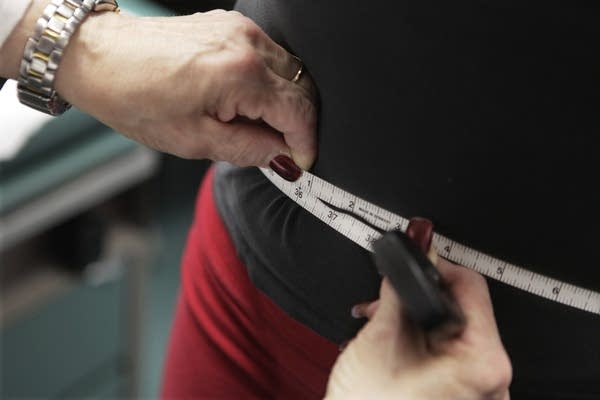Minnesota keeps obesity rates lower than neighboring states

In this photo from January 2010, Paris Woods has her waist measured as she takes part in a 20-month obesity prevention study at Rush University Medical Center in Chicago. According to a new report, Minnesota has been able to keep obesity rates in the state steady compared to neighboring states.
M. Spencer Green | AP 2010
Go Deeper.
Create an account or log in to save stories.
Like this?
Thanks for liking this story! We have added it to a list of your favorite stories.


